[EDITED BY: GRIFFIN SHERIDAN]
Welcome to an all-new installment of BEAM FROM THE BOOTH, brought to you by GRAND RAPIDS FILM SOCIETY!
To start us off this week, thank you to the nearly 100 of you that joined us for TAMPOPO this past Monday. Whether this was your first time seeing this one-of-a-kind film or just another revisit, it was certainly a screening to remember.
Last week, we were thrilled to announce our upcoming screening of HOW TO BLOW UP A PIPELINE (June 8th), and this week, we have two more screenings for you to add to your calendar! On June 1st, we are very excited to be screening SHOWING UP, the latest work from Kelly Reichardt. In celebration, our next issue of this very newsletter is set to be a Reichardt Symposium! We can’t wait for all you Diehardts to read it and to join us for the screening in just a couple weeks.
And later in the month, on June 21st, we can’t wait to share Saim Sadiq’s JOYLAND with you, as part of our Pride Month celebration.
And what is even better than screening these two incredible films? Both events are set to be the WEST MICHIGAN PREMIERE for these films! We couldn’t be happier to bring this programming to our home, The Wealthy Theatre, and can’t wait for you to join us for these very special screenings — stay tuned for more info.
But before we get too engrossed in June programming, we have one more event to close out May...and it’s a great one.
We’re hosting yet another OPEN PROJECTOR NIGHT next Wednesday, May 24th, at 7:00pm. If you’re unfamiliar, OPN is a quarterly event hosted by GRFS that highlights independent filmmakers (or films) with a connection to Michigan. So many incredible short films were submitted for this month’s event (as is always the case), and we were really pleased to announce the final list of selected shorts earlier this week. Check out the official poster and trailer for the event below.
OPN is an event we continue to be absolutely thrilled to host time and time again, and we highly encourage you all to join us on the evening of the 24th to support local independent filmmakers.
Our very own Spencer Everhart — who also helps in selecting works for the event — has put together a preview of each selection in this month’s program!
Check it out...
OPEN PROJECTOR NIGHT PREVIEW
[BY: SPENCER EVERHART]
Farewell Tour (Erik Howard)
The line between performed persona and true identity blur in this tense tale of a burnout rock star returning to his hometown for one final show. Writer/director Erik Howard was inspired by the theme of legacy, particularly legendary musicians who passed away too soon, and in this short-form character study he has crafted a hazy snapshot of a front man at the end of his rope, struggling to hang on as a sleazy manager (played by the startling Pete Berwick) looms over the proceedings like a Faustian figure. Captured mainly in anxious handheld shots, Howard conveys the nerve of a last ditch attempt to go back home again, all compressed by the pressure — undue or not — to make something that lasts...or do something that matters. As the filmmaker himself has said: “live fast and die young has become the mantra, and Johnny Stranger sees no future beyond his stardom.”
“OMG” (Nick Buwalda)
In this music video for the titular Phabies song, a woman uses a golden computer mouse to enhance her life in a 21st century update of the traditional genie’s lamp scenario. Accompanied by the tune’s jaunty drive, filmmaker Nick Buwalda jump cuts and montages his way through multiple locations with retro Windows 95-era graphics intruding upon the film’s world. The lead, played by the band’s Laura Hobson, uses her magical tech to manipulate reality and provide shortcuts for her life — amusingly loading in “Badass Mode” and “Work Human” versions of herself. However, the golden three-prong cord tail she grows with each ‘wish’ suggests the dubious cost of such conveniences as human and machine become increasingly intertwined.
Meowzow! (Avalon Barr)
This comical animated film, artist Avalon Barr’s first short-form work, depicts how a roller-skating kid discovers an unexpected — but highly effective — method for doing away with a dreaded bully. Barr’s impressive control of movement and comedic timing is key here, bringing the characters to life with a vibrant and colorful palette that’s wonderfully expressive without feeling overdone. The concluding reveal is hilarious and expands the world of the story just as we think we have it figured out. All in all: short, sweet, and highly entertaining.
Sara & Jaimie (Nicole Marie Toporowski/Craigen Z Oster)
An anti-meet-cute where a blind date doesn’t go the way one would hope, this bittersweet film subverts romantic comedy/drama genre tropes by bending them towards a more realist register. Lead performers Sophia Brown and Victor Glass were tasked with crafting their characters independently of each other before production, so they met for the first time on set both in-person and in-character which grants their exchange an unusual but compelling immediacy. Co-directors Nicole Marie Toporowski and Craigen Z Oster keep the camera close, observing every detail in their actors’ mannerisms and responses as they navigate their mutual unease. You might see traces of ‘mumblecore’ in the filmmakers’ approach, but it never feels beholden to any particular style as it works to keep up with the back-and-forth between these two people. This is an ode to disconnections and the pains of opening up to a stranger — of trying to be vulnerable in an honest way.
Kallisti (Pat Bird)
The always-imaginative filmmaker Pat Bird reworks a classic Greek myth in this fantastical short that combines vividly rendered live action footage with flourishes of animation. Taking inspiration from Terry Gilliam’s singular cinematic adventures, Bird alters the origins of the Trojan War and tells a new tale focused on partying gods and chaos unleashed. By blending visual modes and adorning flesh-and-blood actors or physical objects with animated details, the textures of the film swirl together to create a unique vision all its own: not quite narrative, not quite experimental, something else...somewhere else...transporting us to another realm.
The Mud on Their Hands (Jason Whalen)
Documentarian Jason Whalen’s focus on what he has called “conservation storytelling” is front-and-center in this nonfiction portrait of Tyronne Edwards, a pastor and activist living in the southern Louisiana town of Phoenix. Punctuated by gorgeous landscape cinematography that never lets us lose our sense of the natural surroundings, Whalen follows his subject through intimate interviews that bring to light the struggles that this singular place (and its people) has endured. Edwards’ efforts to help rebuild in the wake of Hurricane Katrina gave him experience that influences his now-ongoing community organizing to face the impending challenges of climate collapse; a timely chronicle of resistance and — crucially — resilience.
“Brain on Fire” (Daniel Schmidt)
A handful of flies leads to truly transformative experiences in in this surreal animated music video for Robert Hamby’s electronic track. Obviously talented director/animator Daniel Schmidt (aka Reality Break) keeps the story largely symbolic — a loner character, suggestions of trouble at home, the allure of an outsider offering escape, possible drug metaphors — so that style can speak for itself. The clean lines and limited palette of the bodies and settings give way to psychedelic forms full of new colors and shapes, breaking out of the ordered construction of reality. This radical departure seems to come with a price, but we can still relish the impressive beauty of these otherworldly visions.
Contraceptive (Macie Huntoon)
Writer/director Macie Huntoon’s subtly affecting film presents a young woman’s visit to a doctor’s office to obtain birth control that ends up being more involved than she expected. Without resorting to melodramatic incident or plot convolutions, Huntoon allows the appointment to play out in straightforward matter-of-fact detail. Her aesthetic approach is, relative to the setting, appropriately clinical and yet not distanced — lending compassion to the character’s unexpected experience. The filmmaker trusts that an everyday event can carry compelling weight in a narrative film not only due to its representative absence throughout cinema’s history but also for how the intrusiveness of such a seemingly simple procedure can be taken for granted.
Overflow (Arie Antonakis)
This mesmerizing experimental work by Arie Antonakis was shot using a still camera with 1000 individual black-and-white exposures on a 100-foot roll of 35mm film — all developed, scanned, and edited by hand at the artist’s home. Antonakis’ main subject is Fish Ladder Park in Grand Rapids, and the texture of the celluloid is but one visual pleasure to be found in this beautifully fragmented portrait of a place. Set to a propulsive accompanying score by local electronic musician Jonas Quirin (aka Silent Spirit), the accelerating tempo of shots melds with the music to form a rhythm all its own — eventually building to quasi-stop-motion before then being overlaid into an array of strobing superimpositions. The finale recalls how Japanese avant-garde filmmaker Takashi Ito concludes his film Spacy (1981), the artist himself appearing at last with camera in hand. Antonakis echoes that self-reflective gesture with his own ending here (albeit in shadow), and both movies share an impulse to navigate a locale and explore its contours through a rapid accumulation of still photographs. This is a kind of Cubist image capture: not one overall ‘master’ perspective but a collage of many that adds up to something more wholly evocative.
Rock Pools (Bianca Caniglia)
With narrative aspects rooted more in character than plot, this ecstatic film sees two clowns exploring themselves and each other amidst a pastoral setting. When fortune cookie messages begin to arrive from unusual sources, we know we’re in a scene touched by magic. The natural world is treated as a character in its own right too, with writer/director Bianca Caniglia emphasizing the clowns’ dynamic as one not fixed in traditional societal codes but rather enacted as a process of discovery (with potential connections to the earth). The filmmaker’s interest in gender performance and femininity informs the style itself, as the freeform shots and editing embody not the clichéd haze of girlhood often found in film history but instead a visual clarity of assured confidence. This is a film full of palpable textures and pure joy: joy for the possibilities of play and joy in the freedom to find oneself — a constant becoming.
The Tunnel (Jon Clark)
If you massively scaled down the time-dilated ‘wave planet’ sequence from Christopher Nolan’s Interstellar (2014) but retained its commitment to raw emotionality and human consequences, you’d arrive somewhere near the territory of this haunting short film. Director Jon Clark brings a sharp eye to his compelling science-fiction tale (with a few gestures towards horror) of a gay couple discovering a possible escape from hate crimes in their lavish but isolated new home. As the stakes of the situation play out, with the characters’ plan intriguing yet somewhat dubious, we come to understand the plight of two people desperate for a way to simply live their lives in peace — pushed to find hope in something dangerous they don’t quite understand.
GUILTY PLEASURE CINEMA: PART II
We’re back with more “Guilty Pleasure” films! If you missed Part I, you can find it in out previous issue:
On with more guilt!
***
NICHOLAS HARTMAN:
Maniac (Lustig, 1980)
It’s not so much that it’s a guilty pleasure — it’s something where I feel my moral compass should push me away; a film that should unleash feelings of shame, filth, and guilt, but for me it does the opposite. It creates curiosity.
I don’t know what it is with me but when I’m told not to do something, I’ll want to do it even more. I specifically remember this film being talked about: that it was banned in multiple countries due to intense violence and gore and that all parents should forbid their child from seeing it. Honestly, to me, it being forbidden was the appeal.
I remember the first time I watched it. A group of friends and I ordered a pizza, dimmed the lights, and popped in a crusty bootleg version of Maniac (1980) starring Joe Spinell, and I was forever changed. It was disgusting, gritty, violent, and I loved it.
Maniac isn’t for the faint of heart, but it will forever hold a special place in mine. It was the birth of my cinematic rebellion, and I dived into a world of forbidden movies.
GRIFFIN SHERIDAN:
Batman & Robin (Schumacher, 1997)
Listen. I’m a big ol’ nerd, and I always have been. I feel like for as long as I have been able to speak, I have been able to say “Batman.” The series of films that kicked off the Caped Crusader’s arrival on the big screen that came out from 1989 to 1997 all hold a special place in my heart. Tim Burton’s installments are gothic and dramatic while the late Joel Schumacher’s are almost the exact opposite, playing more to the colorful, campy side of the Batman mythos. Both filmmakers brought a level of theatricality to the character that I now sorely miss.
While Schumacher’s first film, Batman Forever (1995), seemed to perfectly walk the tightrope of character drama and zaniness, his follow-up, Batman & Robin (1997), is often seen as a less successful attempt to bring FUN to Batman. Many members of the cast and crew have been on record over the past two and a half decades-ish about how they themselves felt great shame in having been part of the making of the film, even before the truly brutal critical and financial bombing it received. It’s a neon-drenched nightmare...total schlock...a toy commercial. And you know what else it is? Fun. Yanno, like a comic book can be?
The ice puns? I still use some of them to this day. Uma Thurman? She’s SO great in it, especially when she does that little dance in a big pink gorilla costume. Bat-Credit Card? Fuckin’ genius, like it was ripped right out of the 1960s TV series.
Batman & Robin is one of the first films I remember seeing, period. It is goofy and colorful and simple, which was perfect for my child brain when I witnessed it for the first time at my neighbors house in 2004. In fact, I loved it so much that my neighbor (who was older than me by a handful of years) eventually just gave me the VHS copy that I would insist we watch every time I went over to his house because, “it wasn’t that good.”
Yes, many hate it — but I loved it as a kid and continue to love it to this day. I wish even half of the comic book adaptions we get today had the gall to put nipples on a costume, or to even consider using some of the dynamic lighting set-ups Schumacher uses. Please.
***
That concludes our special two-part column! But before we wrap up, consider this: why do you need to feel guilty about liking ANY piece of art? That question continues to become more complicated as the years go by, it seems. But let’s ignore the ‘art vs artist’ side of the conversation for a moment.
Why do “guilty pleasures” exist? Why can’t they just be movies you like? To suggest that something is a “guilty pleasure” usually comes out of the implication that it is “objectively bad,” but you enjoy it all the same. In doing this, though, we limit the scope of our taste, both individually and collectively. By individually perpetuating the same ideas of what we collectively consider “objectively” good or bad, we end up homogenizing the entire scene. The hope should be to have the most diverse landscape of voices both making films and discussing them. Instead, it sometimes feels like we have ended up in an echo chamber of the same definitive statements about films. “This one was bad because...” or “this one was great because…” Yes, there is little room for nuance or diversion in today’s film discourse, but that doesn’t mean we shouldn’t try.
So please, go forth, and embrace those “guilty pleasure” films. Shout their names from the rooftops. Put them as your ‘favorites’ on Letterboxd. Rid yourself of the guilt you never even needed to carry and enjoy whatever films speak to you.*
*Just don’t be an asshole about it.
ECHOES
[BY: SPENCER EVERHART]
Echoes is an exclusively-visual column based on the MUBI Notebook series of the same name - a fun way to find the repetitions, reverberations, and recapitulations in images throughout cinema history.
Tampopo (Juzo Itami, 1985)
I Think You Should Leave (Various, 2021):
“They said that to me at a dinner.” (S2E1)
“You sure about that? You sure about that that’s why?” (S2E3)
UPCOMING EVENTS
OPEN PROJECTOR NIGHT
WHAT: A program of selected short films from MI filmmakers!
WHEN: Wednesday, May 24th, 7:00 pm.
WHERE: The Wealthy Theatre
SHOWING UP (Reichardt, 2023)
WHAT: WEST MI PREMIERE! Filmmaker Kelly Reichardt’s latest work, from A24.
WHEN: Thursday, June 1st, 8:00 pm.
WHERE: The Wealthy Theatre
HOW TO BLOW UP A PIPELINE (Goldhaber, 2023) + Q&A
WHAT: A screening of the incendiary new film, plus a GRFS exclusive recorded Q&A with the filmmakers!
WHEN: Thursday, June 8th, 8:00 pm.
WHERE: The Wealthy Theatre
And so we’ve arrived at the end of another BEAM FROM THE BOOTH! We appreciate you taking the time to read it and truly hope you’ll continue to do so. Be sure to SUBSCRIBE to get each issue in your inbox every FRIDAY and stay up-to-date on all things GRFS!
Plus, join us on social media! We’d love to chat with everyone and hear YOUR OWN thoughts on everything above (you can also hop in the comments section below).
Know someone you think will dig BEAM FROM THE BOOTH? Send them our way!
Look for ISSUE #16 in your inbox NEXT FRIDAY, 5/26!
Until then, friends...




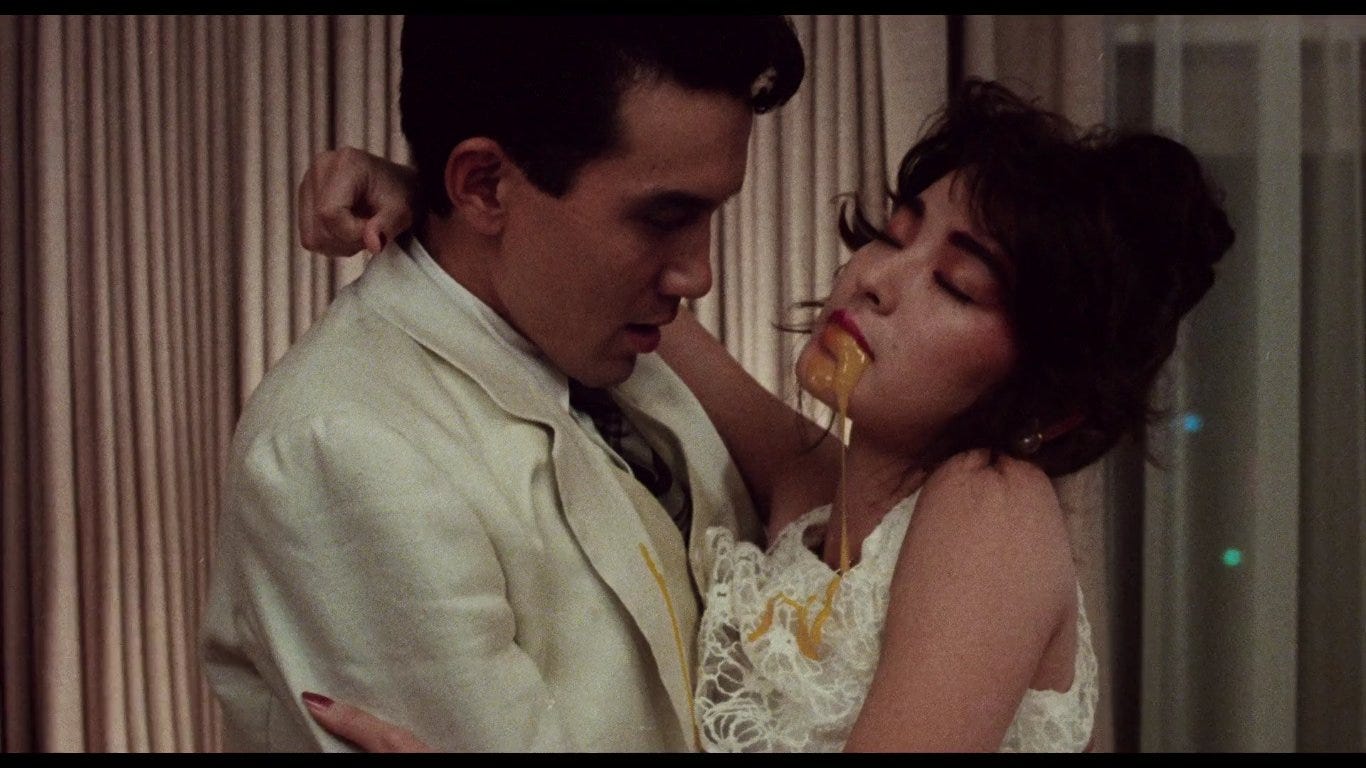
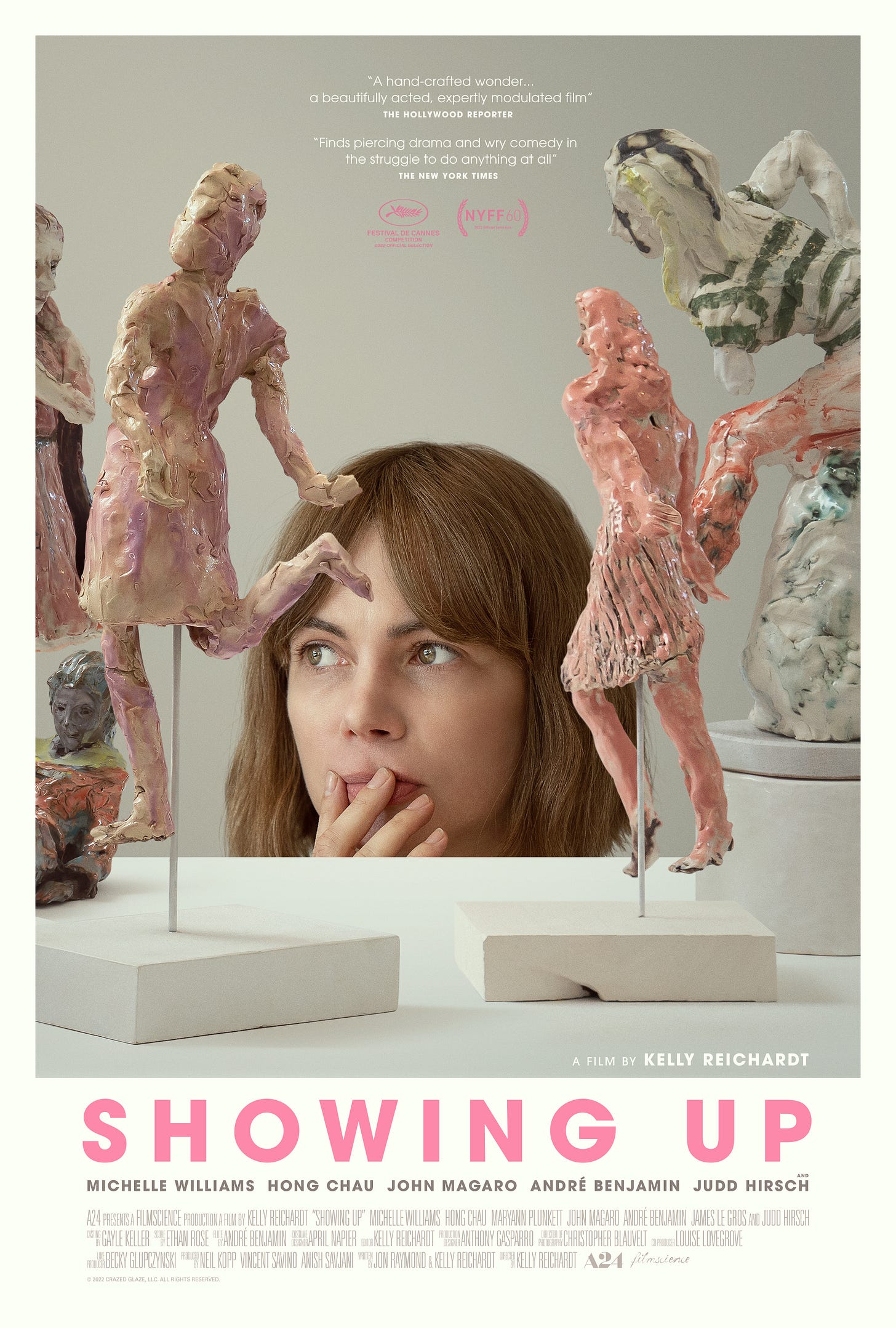
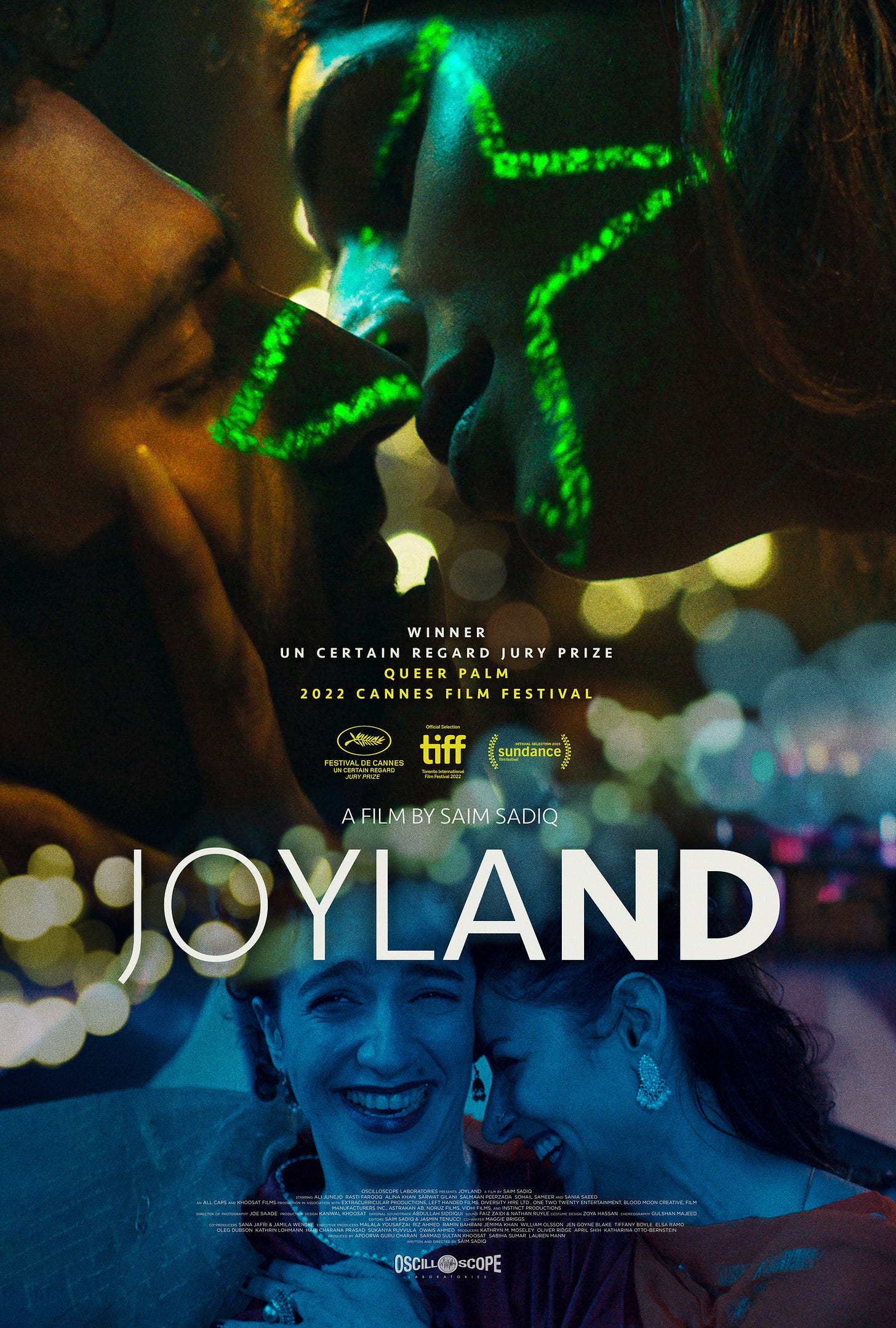
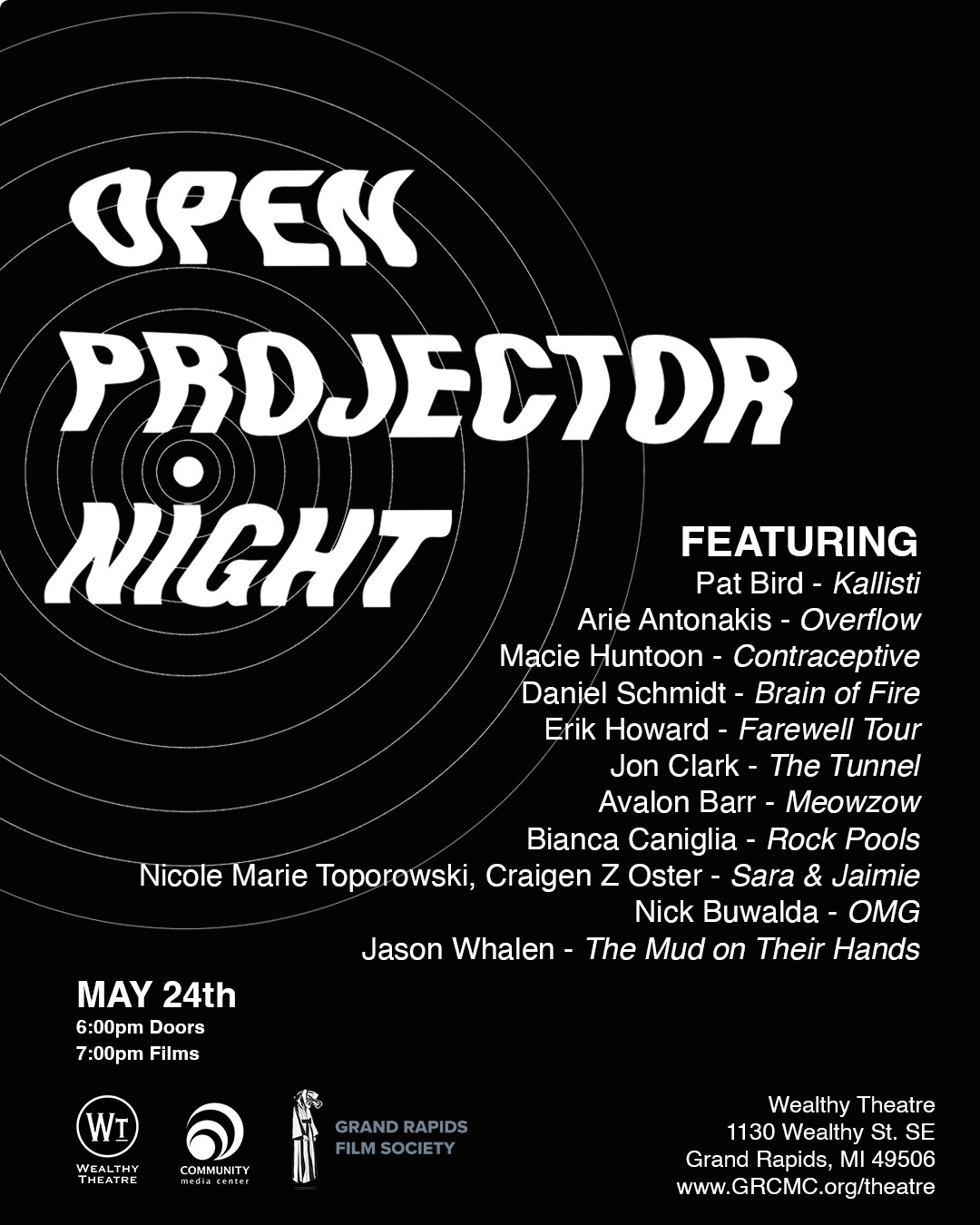
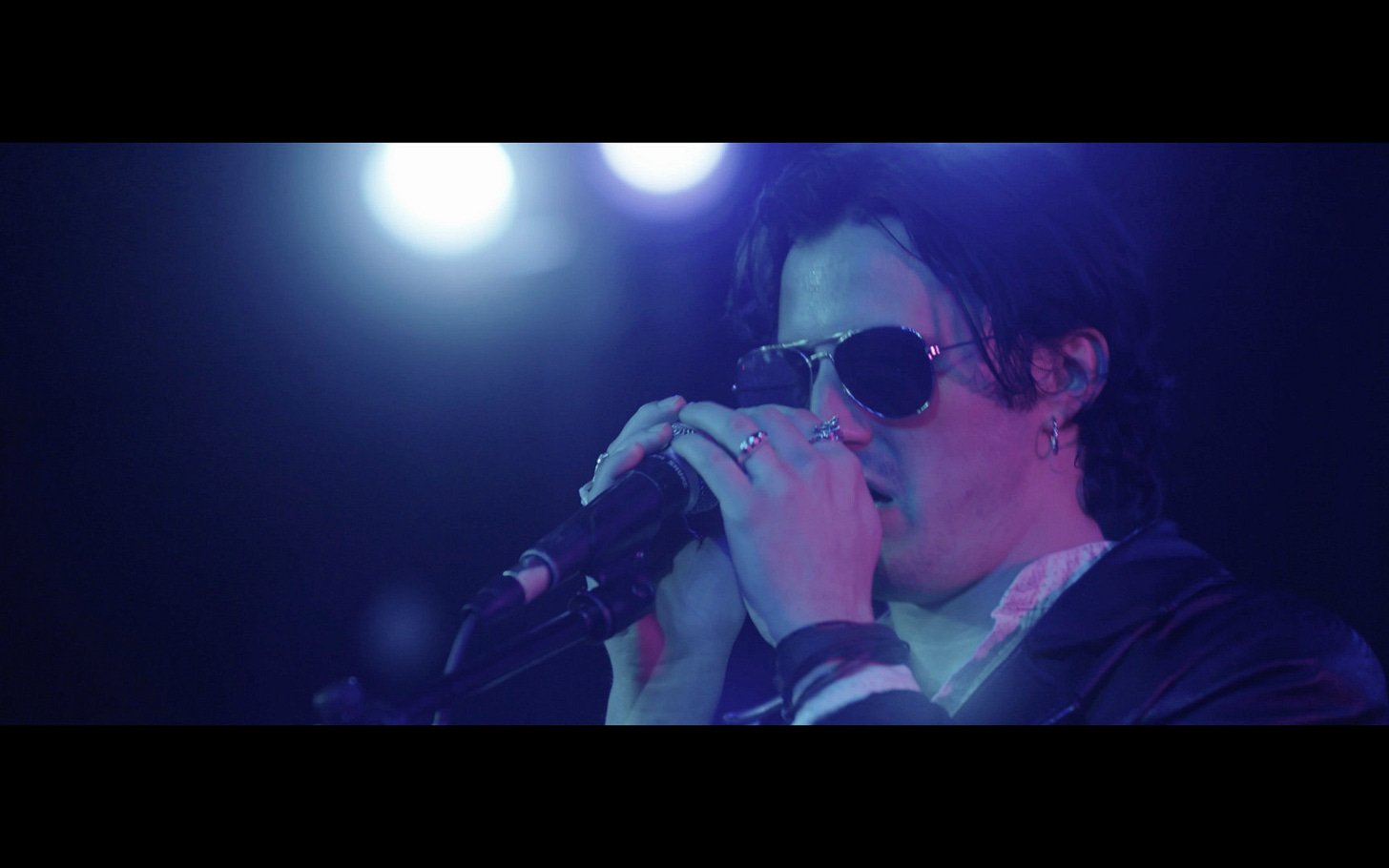


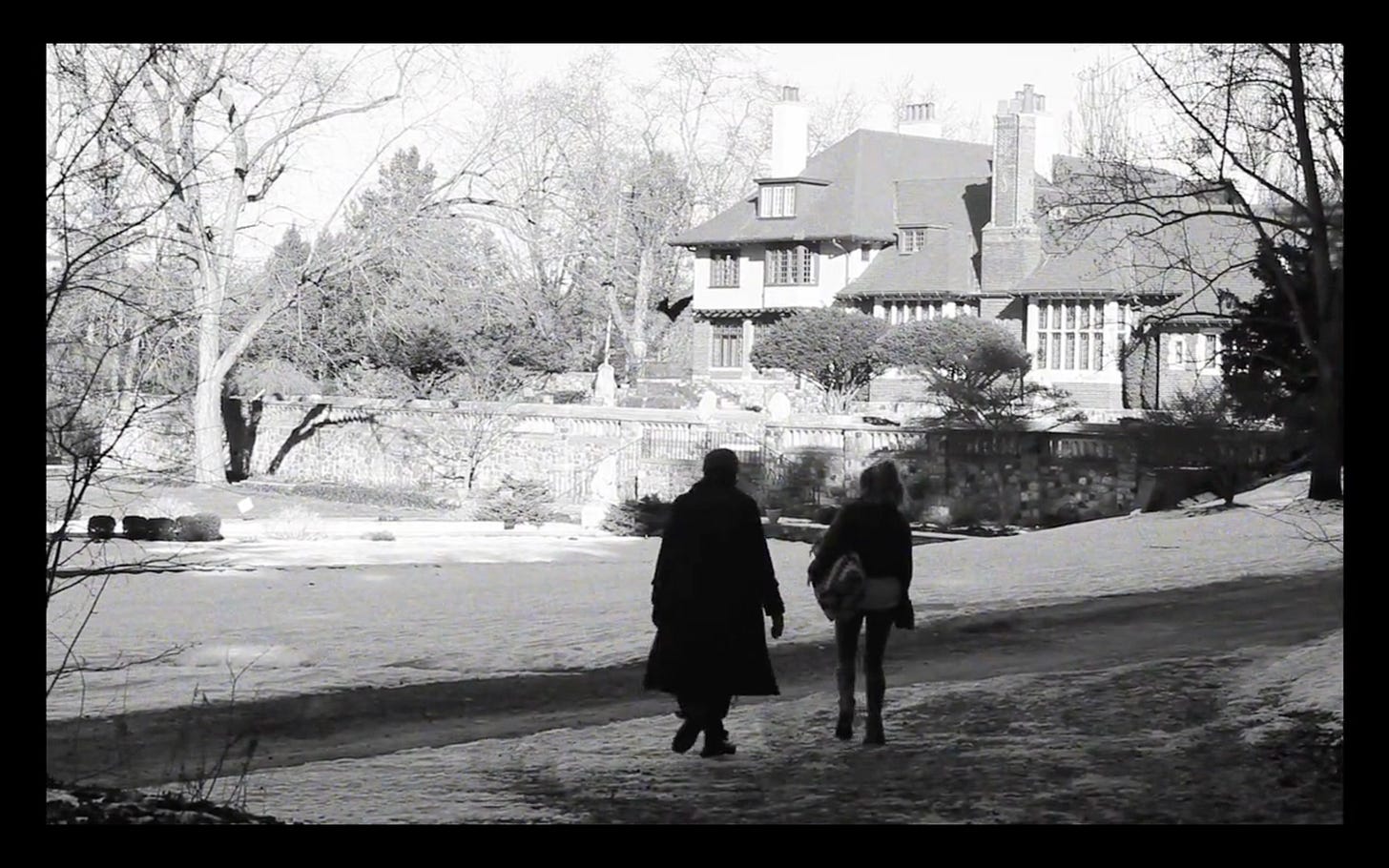


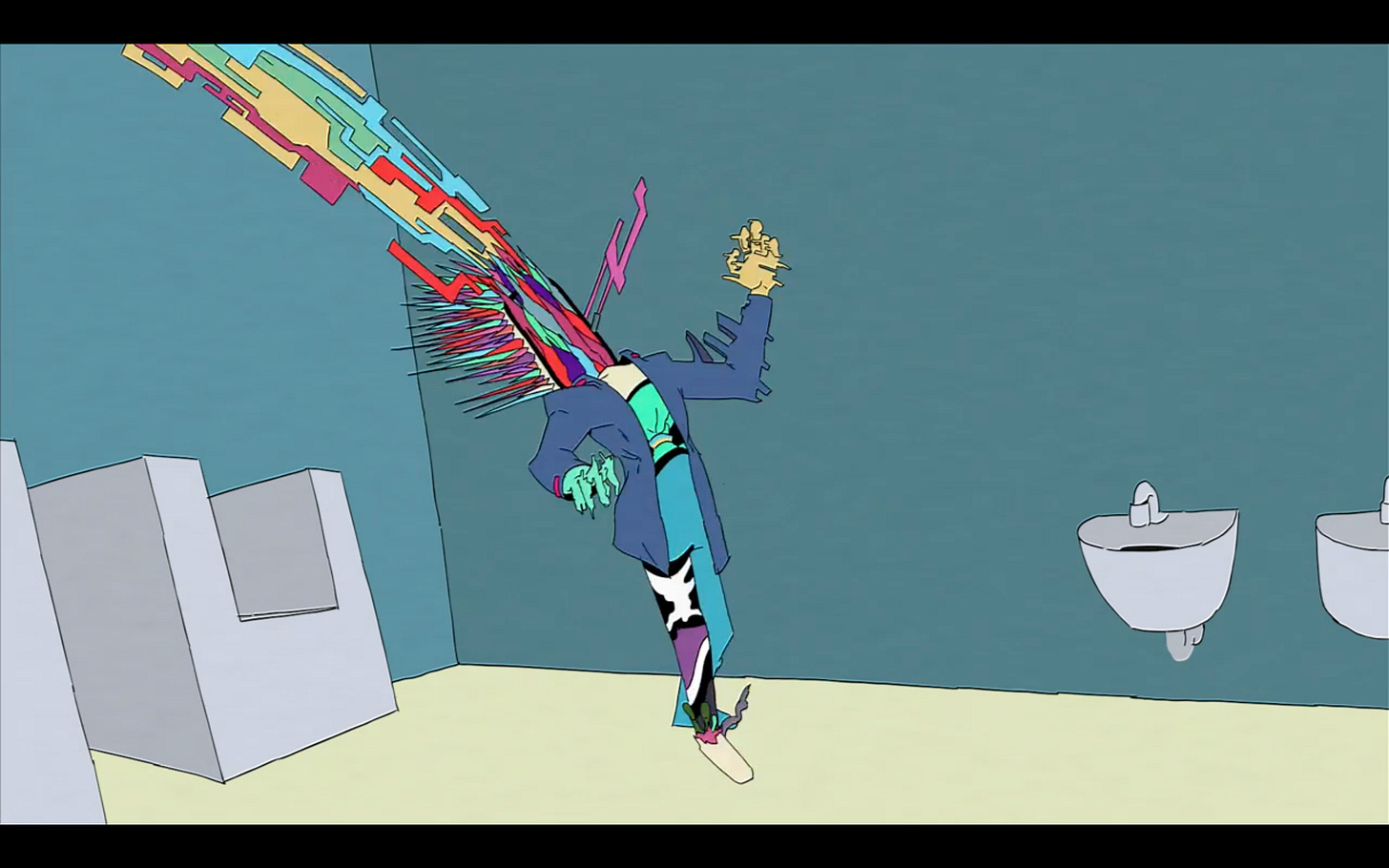


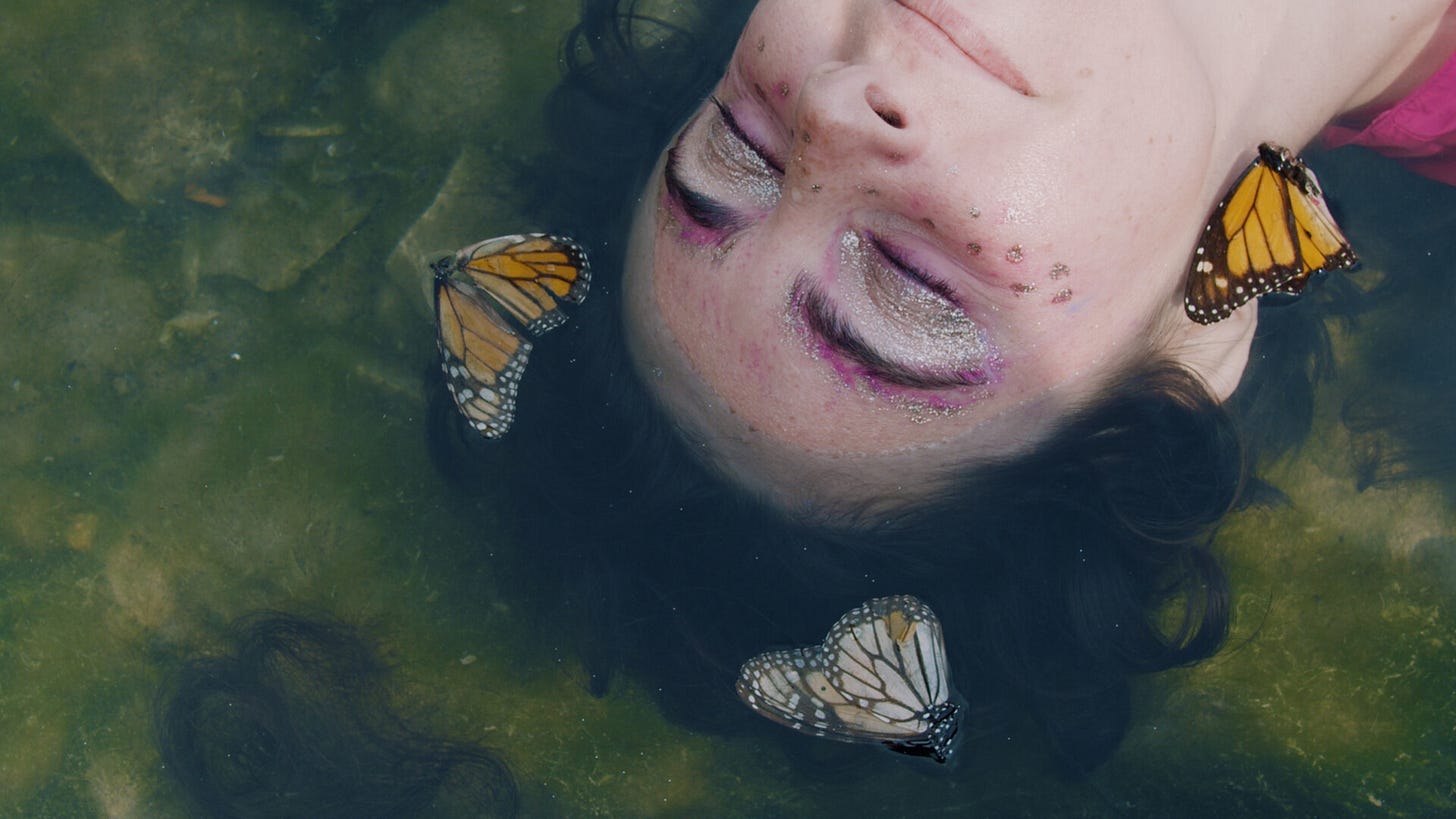

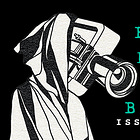
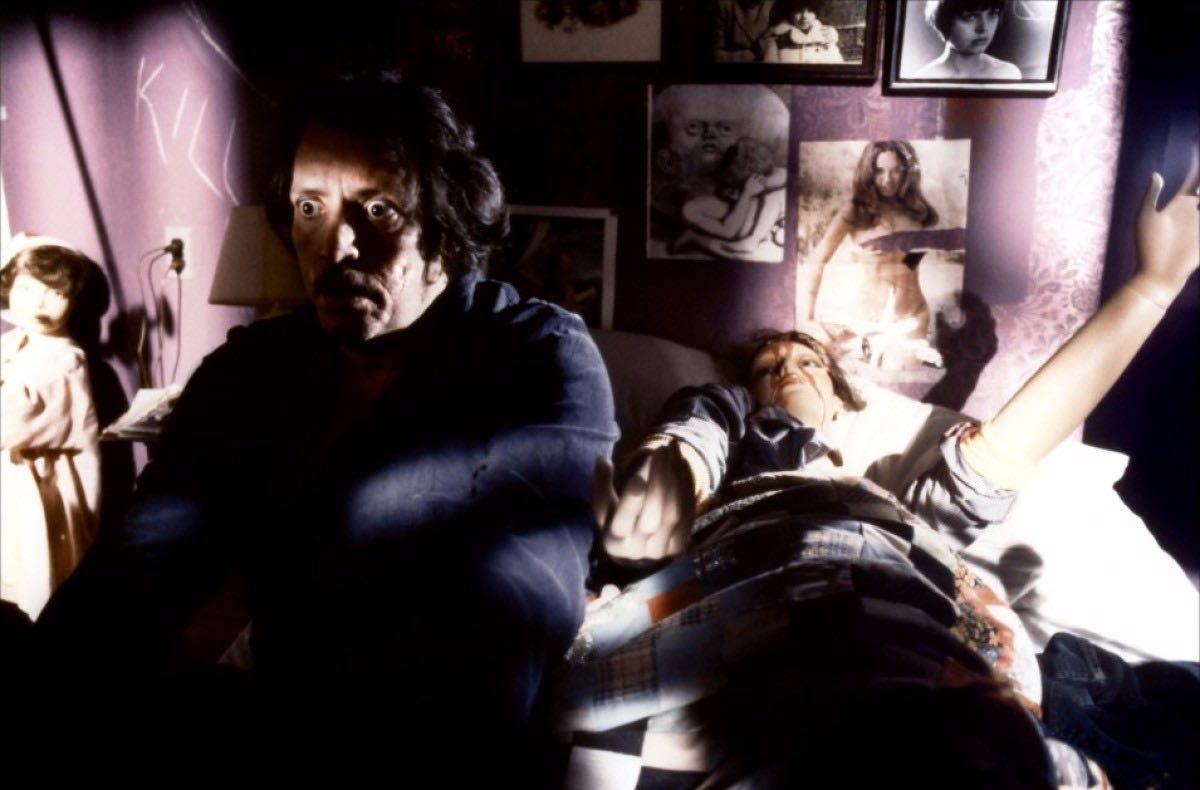

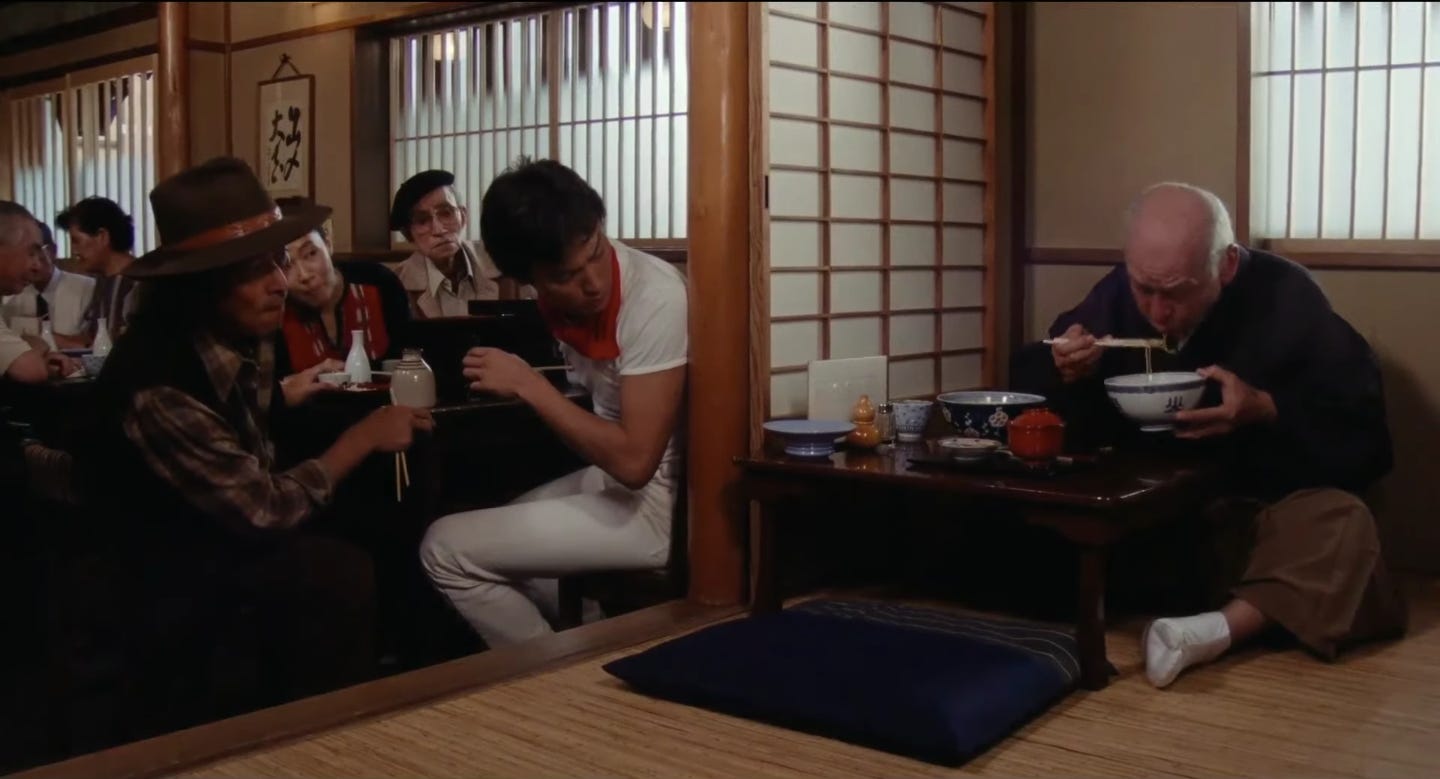












Echos is amazing 😂